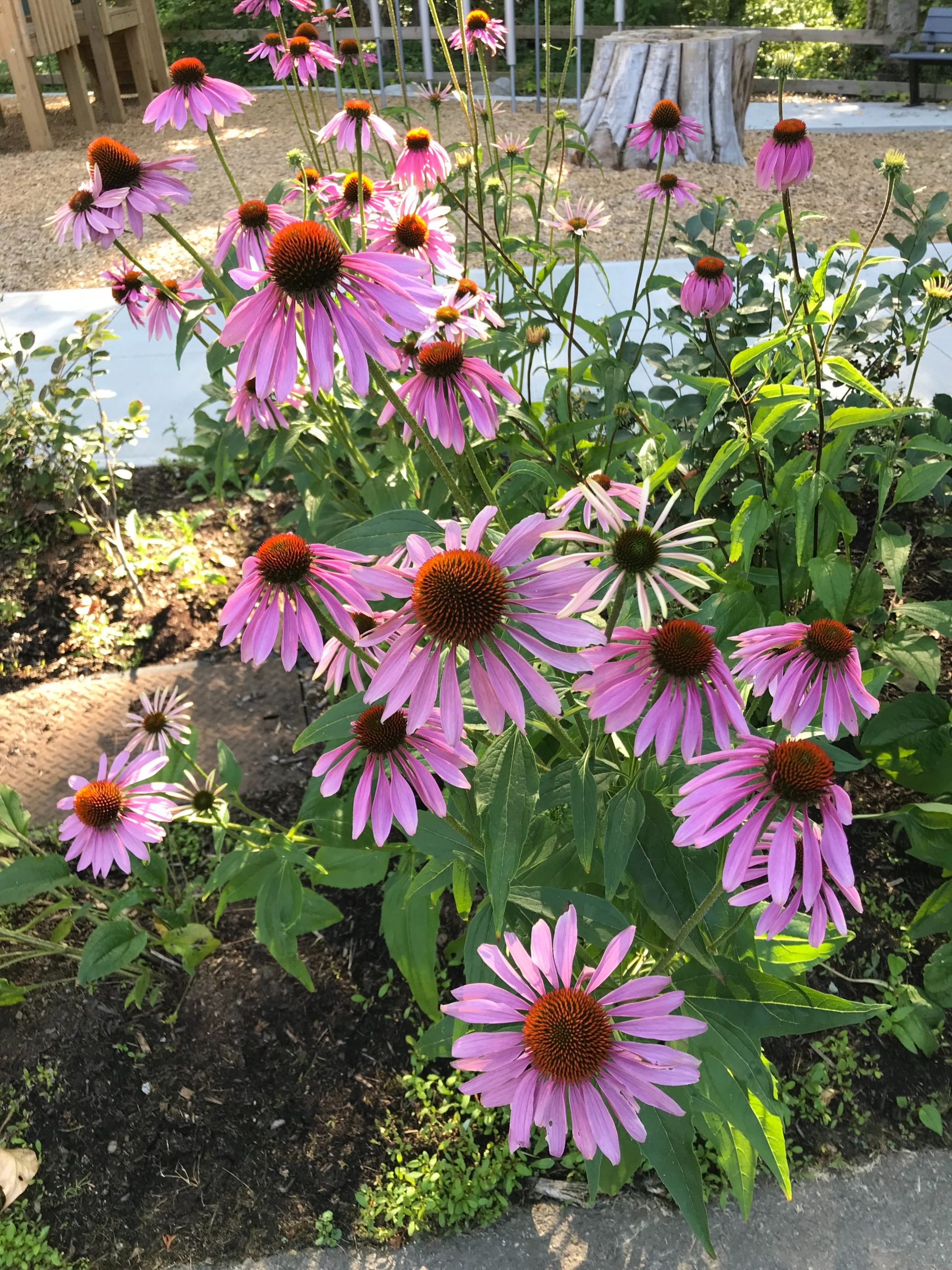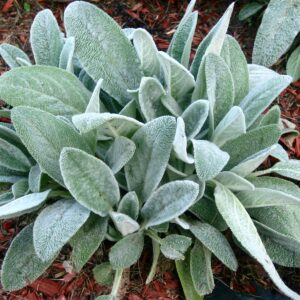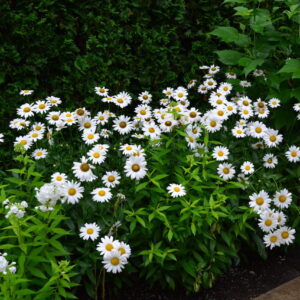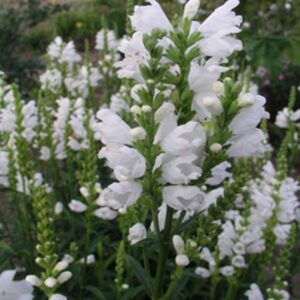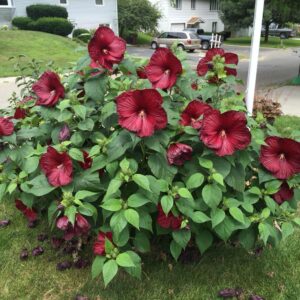Description
Purple Coneflower Characteristics
Purple Coneflower are rigid hardy perennials with lavender petals, dark green leaves, and magenta flower centers. The body of the plant is covered in hair-like follicles that add to the 'wild' look of these meadow plants. Purple Coneflower may self seed if not deadheaded. The spent blooms turn black in the winter and may occasionally be visited by birds, particularly goldfinches.
These hardy plants prefer dry to medium moisture soils, but can tolerate drought, heat, humidity and clay. They are best grown in full sun but should tolerate some shade. Soils do not need to be fertilized as Purple Coneflower are quite tolerant of poor soils. They may be susceptible to Japanese beetles, leaf spots, and aster yellows disease.
These long-lived blooms are perfect for naturalized areas such as meadows, woodland areas, and wildflower gardens. Their height makes them a good option to border fences and other structures. They are naturally attractive to bees and other pollinating insects but are not attractive to deer.
-
USDA Climate Zone
Zones 3 - 8
-
Height
2.00 - 5.00'
-
Spread
1.50 - 2.00'
-
Bloom Time
May - June
-
Water
Dry - Medium
-
Sun
Full Sun to Part Shade
-
Maintenance
Low
-
Deer Resistant?
Yes
